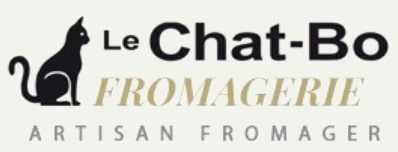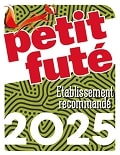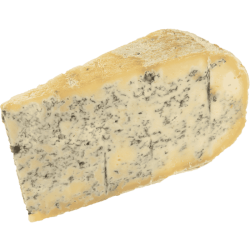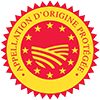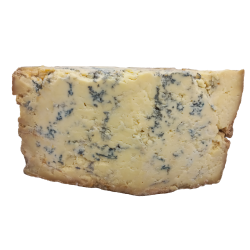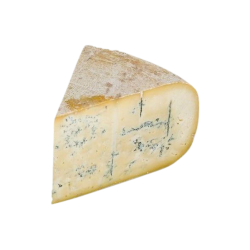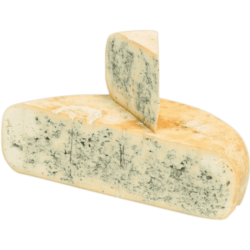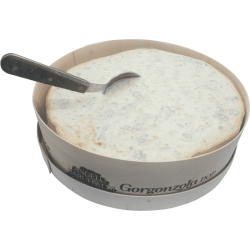No orders will be processed between 31/12/2025 and 08/01/2026 inclusive.

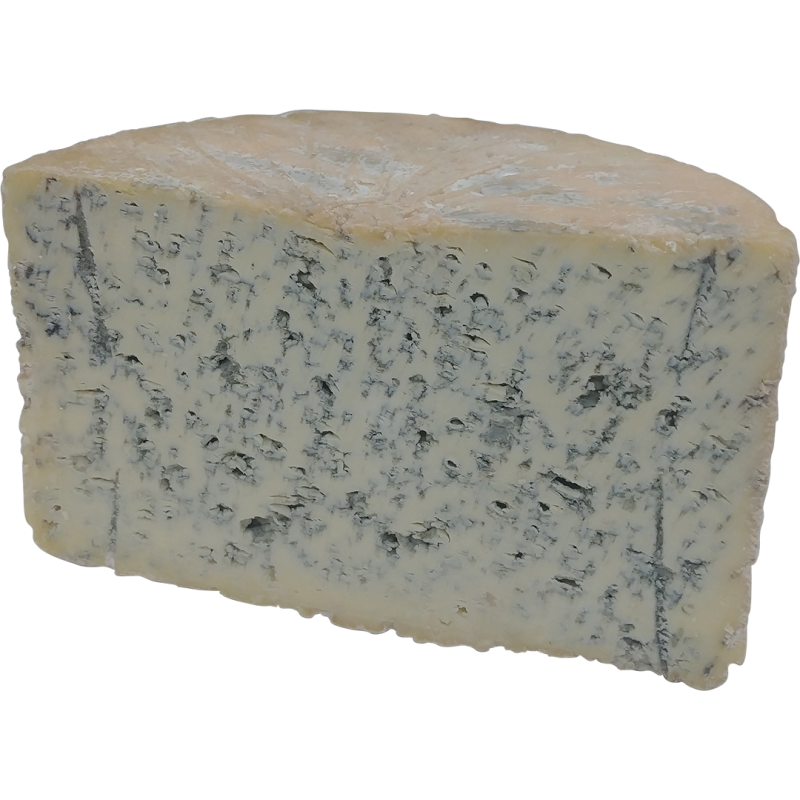






In 2018, this cheese is largely made in industrial dairies (only one original farm production remains). Raw chilled cow's milk purchased from farmers by this industry is often pasteurised before processing. Raw or pasteurised, the milk is mixed with Penicillium roqueforti or glaucum, which will be the source of the blue cheese, and then renneted. Pasteurised milk, lacking the great diversity of the native microbiota of raw milk, will be re-seeded with a restricted flora of cultured micro-organisms. The curd, once sliced and drained, is gently stirred to "cap the grain", i.e. to start draining at the level of each grain of curd. It is then placed in moulds where it finishes draining. Then comes the salting stage, which is carried out in two stages: salt is deposited on the sides of the cheese and then on the heel, and gradually penetrates the interior of the cheese2.
To develop, the blue cheese needs oxygen; this is why the Bleu d'Auvergne is pricked with needles when it enters the cellar, to promote aeration to the heart. In 2018, the knitting needles of yesteryear have long since given way to mechanical pricking, which ensures uniform marbling and, above all, a satisfactory processing yield.
For a minimum of four weeks, the ants are finally matured in cool, damp cellars, with the aim of acquiring smoothness and flavour as the days go by.
Data sheet
- MILK
- Pasteurized whole cow's milk
- ALLERGEN
- Milk
- GRASSE MATERIAL
- 29 %
- PROVENANCE
- Auvergne
- SEASON
- Avril à Novembre
- SUGGESTED WINE
- APPELLATION
Specific References
- EAN13
- 3877215580002
Bleu d'Auvergne AOC
Tasting the AOP Bleu d'Auvergne is the promise of an intense moment with a cheese of character and authenticity.
